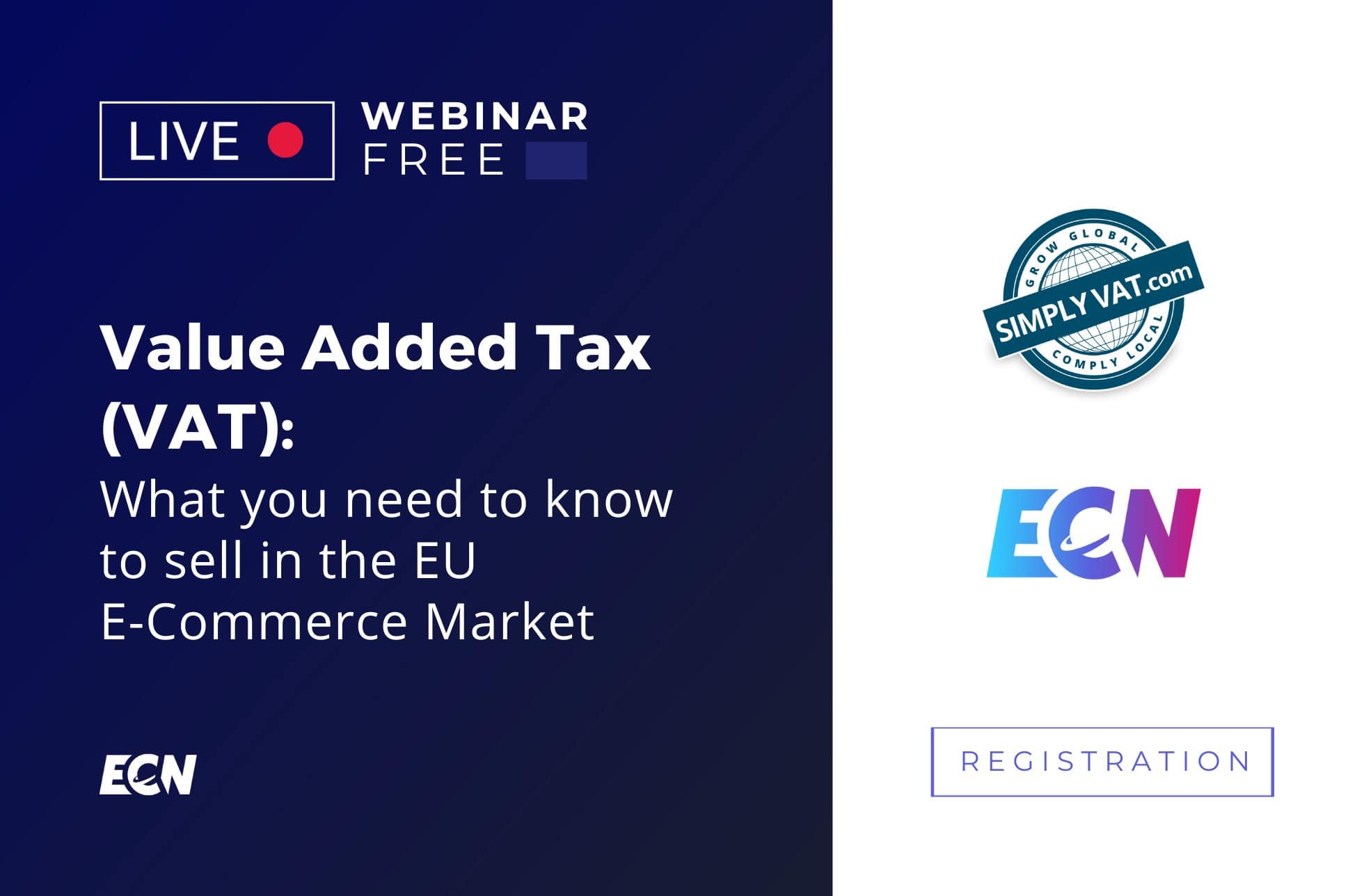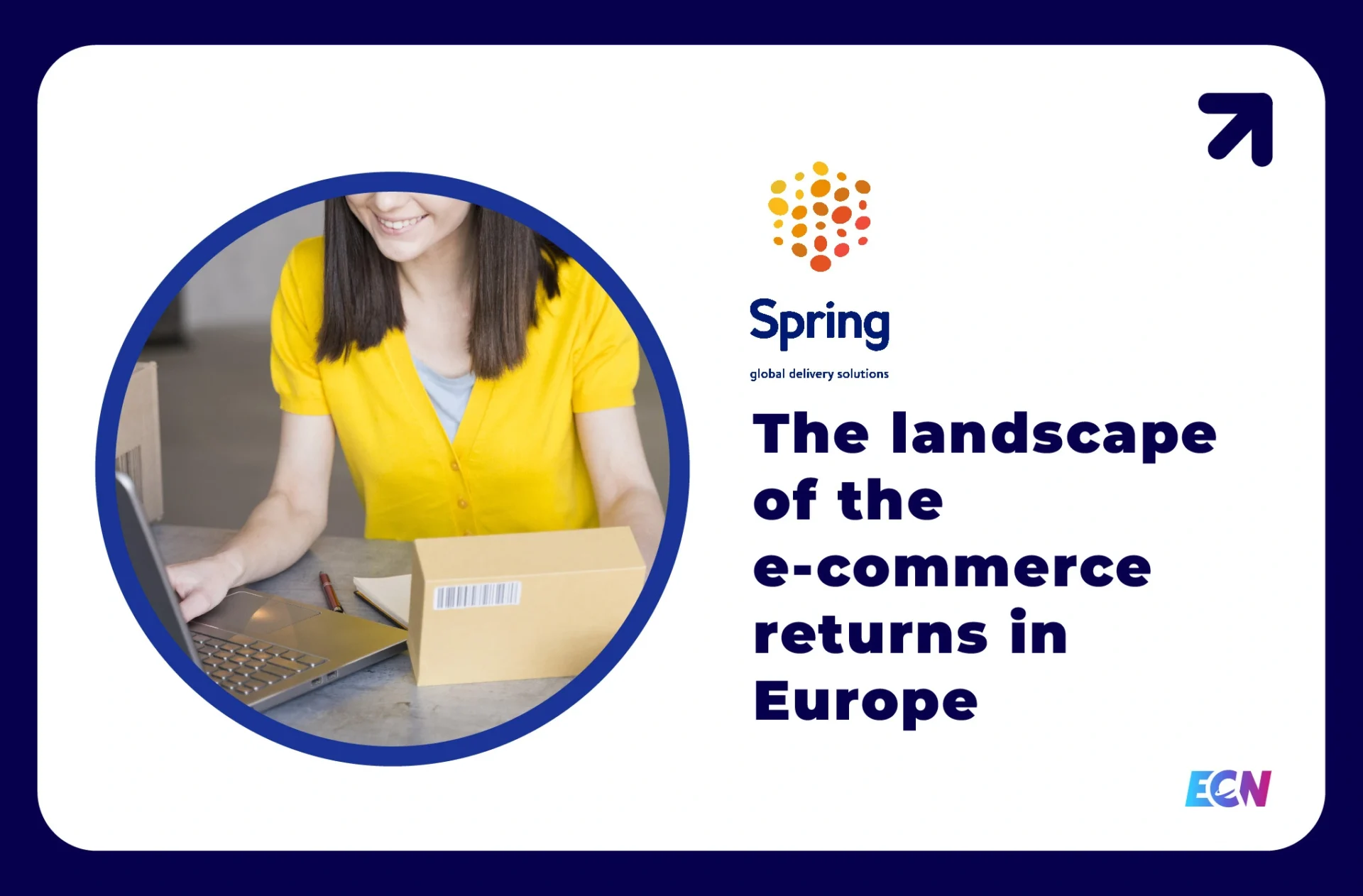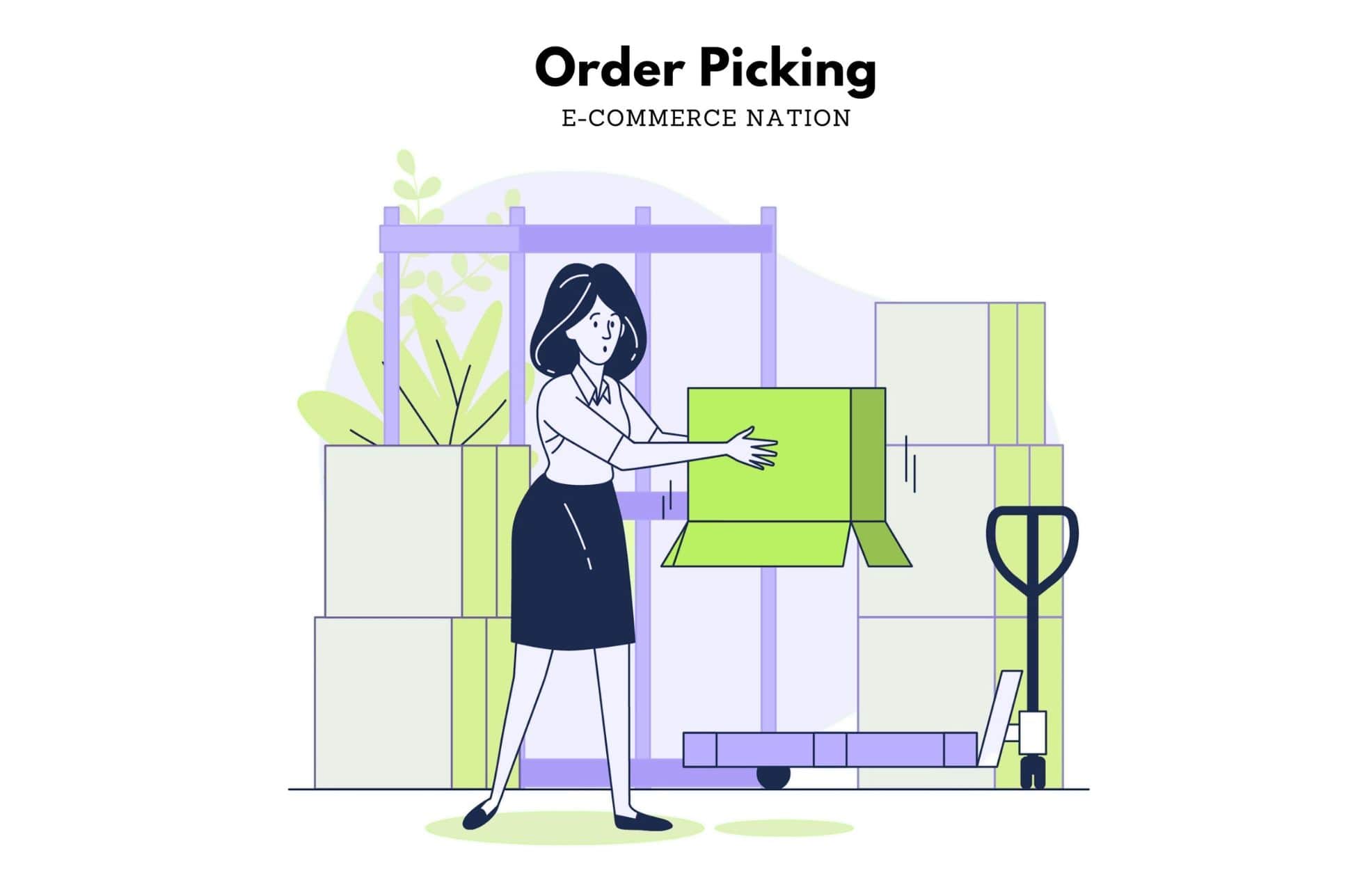In 2016, the EU e-commerce market exploded to an unprecedented 407.4 billion euros, with 296 million online shoppers across the Schengen zone. Holding 13% of the overall world market and coming in third after Asia-Pacific and North America, the EU alone holds a huge piece of the market.
However, the EU e-commerce market can be a bit tricky to deal with- after all, you’ve got 28 different cultures looped into the same economic area. While there is standardization and free trade among these countries, each has its own rules and ways to be legally compliant. And yes, you need to know them.
One area in particular tends to be the most tricky when working out the logistics of selling cross-border in the EU e-commerce market: VAT or Value Added Tax. This is a tax that is considered where value is added to a product or service in each phase of it’s production. The EU charges this tax to those who sell within its borders and have passed a certain threshold of sales.
The VAT is applied and is paid by either you or your customer depending on how you work it into your pricing strategy. However, this can be a bit difficult for those who have never seen it or who have different tax rules in their own country.
This is why we’ve launched our next webinar “VAT Rules All Retailers Need to Know” on Tuesday, May 30th at 4 pm GMT (11 am Eastern time and 8 am Pacific time) with Simply VAT.
In this webinar, you’ll learn everything you need to know about VAT regulations while selling within the EU. Legal compliance isn’t a joke, and failing to pay these taxes can be detrimental to your e-commerce.

European buyers are used to the VAT and expect it to be in the final price of the products that they purchase. Even if you’re not European or in the EU market, you need to know and follow these VAT rules when selling within the EU. While these rules may seem complicated and you might be wondering whether you should bother- compliance is absolutely mandatory for those selling on the continent. There are a few things these laws depend on, for example:
- Where your store headquarters is located
- How much you sell within the EU and to what countries
- What you’re selling and what tax is applied to those products (it’s different per category)
- Whether you meet the VAT threshold for the countries where you operate
- How to report your cross-border VAT
The VAT might seem scary, but it doesn’t have to be as complicated as it looks. The most important part is making sure you do your due diligence and that you report and pay the taxes that are owed. It’s but a small price to pay to get a piece of that 407 billion euro e-commerce market.





